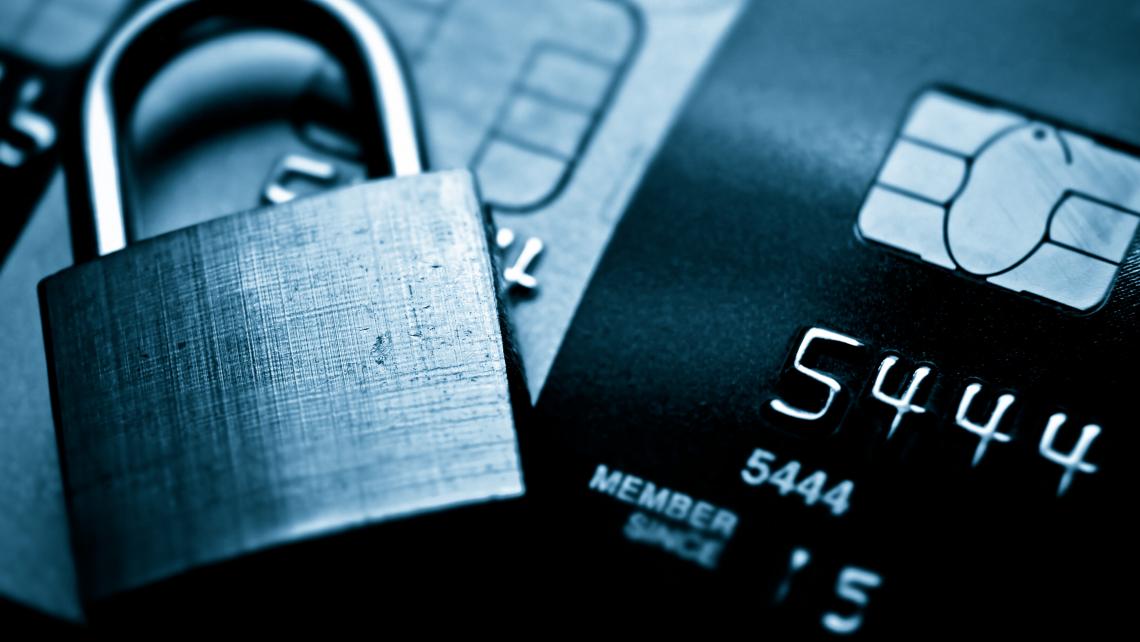Towards a best secure payment ecosystem
Why is secure payment important?
By now, the effects of COVID-19 on payments are well known: a study by Mastercard shows that early in the pandemic, 82% of small businesses in North America changed how they sent and received payments, and 51% pivoted their clients to digital payment methods. With digital payments on the rise since the beginning of the pandemic, it is now more important than ever to safeguard sensitive customer data. As a result, financial institutions are having to implement the latest technologies that can handle a range of highly sensitive data, while keeping it safe and secure at all times. In other words, financial institutions are under pressure to develop secure payment systems.
What is a secure payment system?
The idea around secure payment systems is that payment processing and information services need to provide users’ security online, ensuring their financial and personal information is protected from fraud and unauthorised access.
Examples of secured payment systems
Secure payments systems need to ensure the customer experience is not compromised, while providing the highest levels of security in payments. There are a number of different types of secure payment ecosystems, for example:
- Instant payments offer secure payment processing through interbank account-to-account payment fund transfer and secure transaction posting with immediate notification features. In Europe, this is delivered by an open API approach that is backed by the European Directive on Payment Services (PDS2), which aims to promote innovation, competition and efficiency, while preserving and enhancing the security of payments for users;
- Mobile switch ecosystems allow interoperability between all players in the ecosystem. Morocco has been the first mobile switch in Africa to build a national interoperable mobile payment programme, enabling banks, wallet providers, merchants, FMCGs and fintechs to interact seamlessly through the mobile. Launched in 2018, the players of the ecosystem are able to address customers' and merchants' needs to support payments and transfers to and from their mobiles instantly and in a secure way. One of the main objectives of this programme was to secure payment flows between all the players of the country.
- Numberless cards are also being introduced across Asia, Latin America and Europe to secure customer data. Numberless cards are plastic cards with no visible numbers or codes, where card numbers can be retrieved in the digital version of the card, via an app. An extra layer of security is added because there is also a dynamic CVV security code.
Key pillars for a secure payment system
The best secured systems incorporate three main factors that reduce payment risk.
Firstly, payments need to be made simple. In order to enhance the customer experience, the payment process should be as intuitive as possible, to make it easier for customers. It also requires flexibility to manage all types of cards and payment methods.
Secondly, the implementation of technology should seamlessly secure all types of payments, irrespective of the payment instrument. Customers want to access information seamlessly from any device and at any time, and irrespective of the device used, they want a smart, frictionless and personalised user experience. This seamless user experience requires “traditional” anti-fraud systems to become invisible and yet ensure maximum security for the consumer. The market has responded with several innovations in fraud detection and prevention, such as 3-D Secure, risk-based authentication, tokenisation of sensitive data, advanced risk analysis systems, etc.
Thirdly, compliance with privacy and data security standards set by regulatory bodies or by individual countries that are designed to protect businesses and individuals. A merchant accepting credit cards must be in compliance with PCI Security Council standards, which safeguards the security of card data in compliance with the PCI Security Council standards. These standards include a number of commonly known best practices, including the installation of firewalls, encryption of data transmissions, and use of anti-virus software.
ISO 27001 certification is essential in additional security to clients in line with global standards. The ISO 27001 is a global standard that defines the requirements for setting up a system and maintaining an information security management system that aims to protect the functions and information of any organisation from loss, theft or alteration, and the computer systems of any computer intrusion and disaster.
Security in the payments industry must be a priority, especially with the sharp rise in digital transactions accelerated by the Covid-19 pandemic. Failure to adopt the latest standards will sooner or later hurt consumers and businesses alike. That is why HPS has placed such an emphasis on security, and is committed to helping protect its customers by ensuring delivery of a fully secured and end-to-end solution using state-of-the-art solutions. At HPS, we provide the invisible technology to make payments simple, seamless and secure.
Today, HPS helps 450+ customers in over 90 countries to deliver simple, seamless and secure payments solutions. To know more about HPS solutions, and discover HPS customers’ accomplishments with PowerCARD, please contact sales@hps-worldwide.com.




















